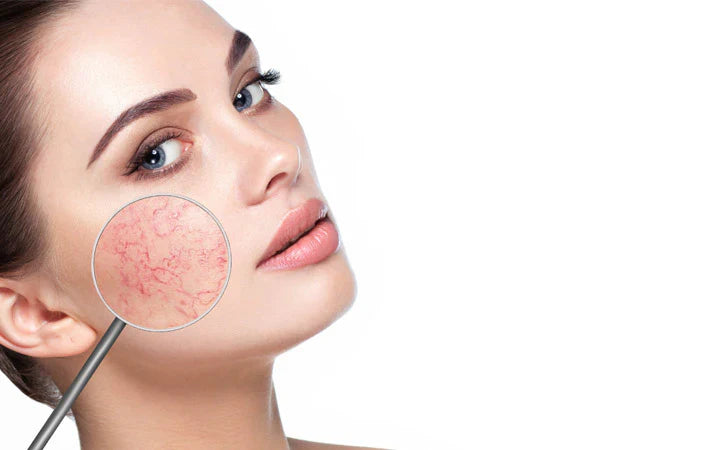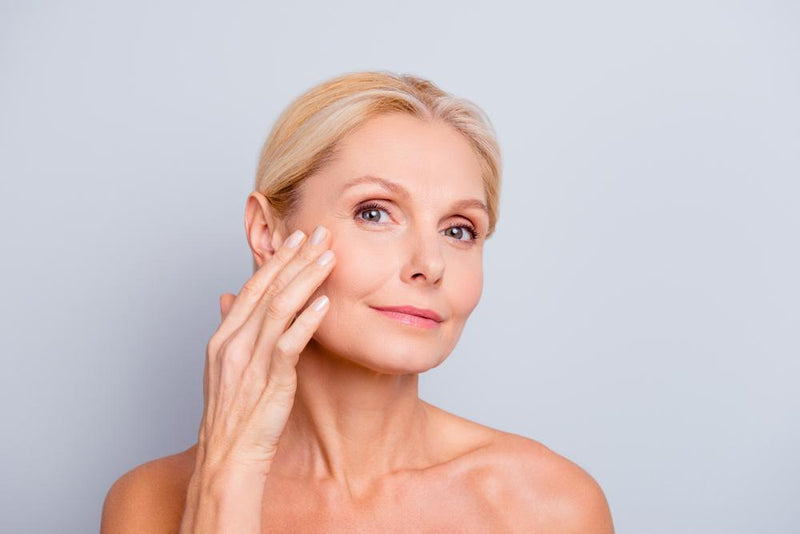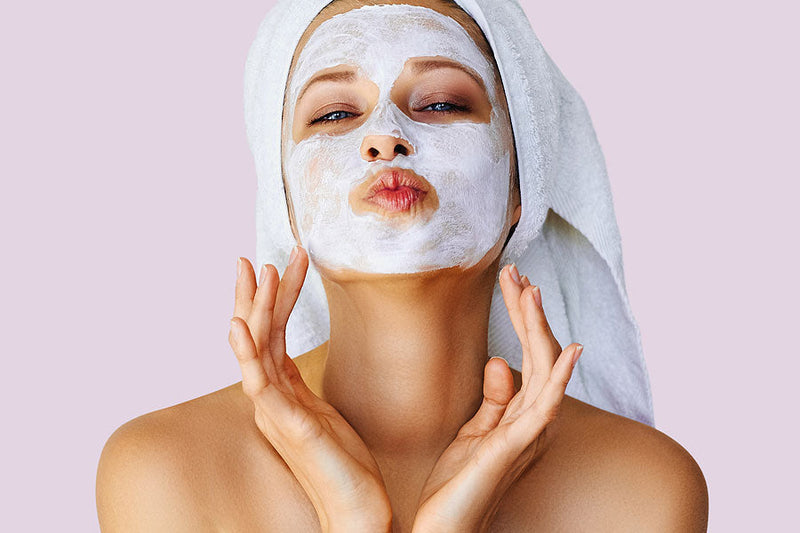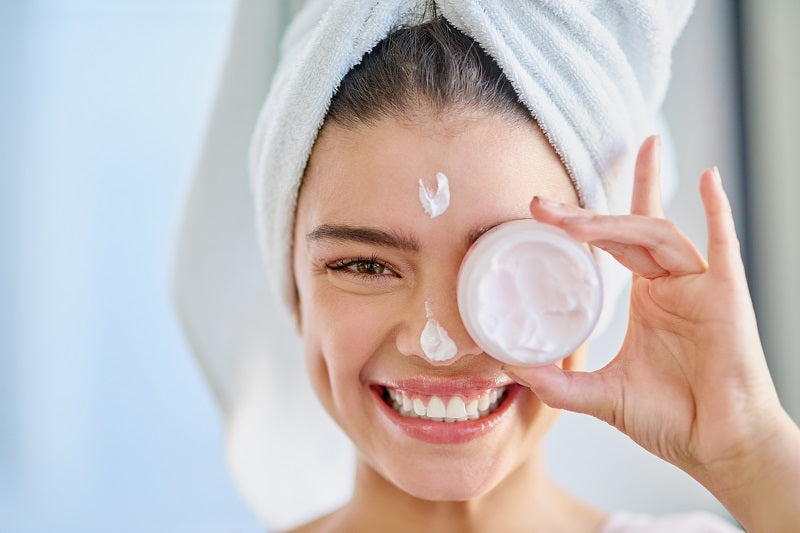

Barrier Repair Revolution: Why Restoring Your Skin’s Defense Is the New Anti-Aging
For decades, anti-aging skincare has fixated on erasing wrinkles, fading dark spots, and tightening sagging skin. But a quiet revolution is reshaping the industry: barrier repair is emerging as the true cornerstone of youthful, resilient skin. Dermatologists, cosmetic chemists, and skincare enthusiasts alike now agree—the health of your skin barrier is the foundation of all anti-aging results.
Forget aggressive exfoliants and harsh actives that compromise your skin’s integrity. The new paradigm prioritizes restoring and reinforcing your skin’s natural defense system—a strategy that not only prevents premature aging but actively reverses visible signs of damage. In this deep dive, we’ll explore the science behind the skin barrier, why its decline accelerates aging, and how to rebuild it with precision.
What Is the Skin Barrier—and Why Does It Matter?
Your skin barrier—technically known as the stratum corneum—is the outermost layer of your epidermis. Think of it as a brick wall: skin cells (corneocytes) are the “bricks,” held together by a lipid-rich “mortar” made of ceramides, cholesterol, and fatty acids.
This barrier serves three critical functions:
- Protection: Shields against environmental aggressors like pollution, UV radiation, and microbes.
- Hydration: Prevents transepidermal water loss (TEWL), keeping skin plump and supple.
- Homeostasis: Maintains a stable internal environment for optimal skin cell function.
When this barrier is compromised—due to over-cleansing, stress, aging, or harsh skincare products—it becomes “leaky.” The result? Dryness, redness, sensitivity, inflammation, and accelerated aging.
The Aging Connection: How Barrier Damage Fuels Wrinkles and Dullness
As we age, our skin naturally produces fewer lipids—especially ceramides, which decline by up to 40% between our 20s and 40s. This weakens the barrier, leading to chronic dehydration and impaired repair mechanisms.
But the consequences go deeper:
- Inflammation: A damaged barrier triggers low-grade inflammation (“inflammaging”), which breaks down collagen and elastin—the very proteins that keep skin firm.
- Oxidative Stress: Without a robust barrier, free radicals penetrate more easily, causing DNA damage and accelerating cellular aging.
- Impaired Renewal: Barrier dysfunction slows epidermal turnover, leading to dull, uneven texture and clogged pores.
In short: you cannot achieve lasting anti-aging results if your skin barrier is compromised. No amount of retinol or vitamin C will work optimally on a foundation of dehydration and inflammation.
Signs Your Skin Barrier Needs Repair
Not sure if your barrier is damaged? Watch for these telltale signs:
- Stinging or burning when applying products (even gentle ones)
- Persistent dryness or flakiness despite moisturizing
- Increased sensitivity to environmental changes (wind, cold, heat)
- Redness, irritation, or reactive breakouts
- Dull, lackluster complexion with uneven tone
If you recognize these symptoms, it’s time to shift your focus from “anti-aging” to “barrier-first” skincare.
The Barrier Repair Toolkit: Key Ingredients Backed by Science
Effective barrier repair relies on replenishing what’s lost and supporting your skin’s natural recovery. Here are the gold-standard ingredients:
1. Ceramides
Ceramides make up ~50% of the skin’s lipid matrix. Topical ceramides (especially ceramide NP, AP, and EOP) directly restore the “mortar” between skin cells, reducing TEWL and improving resilience. Look for formulations that combine multiple ceramide types for maximum efficacy.
2. Niacinamide (Vitamin B3)
Niacinamide boosts ceramide synthesis, strengthens barrier function, and reduces inflammation. Studies show it improves skin elasticity, minimizes pores, and evens tone—all while calming irritation.
3. Hyaluronic Acid
While not a barrier lipid, hyaluronic acid is a hydration powerhouse. It draws moisture into the upper layers of skin, plumping fine lines and supporting barrier recovery. Opt for multi-molecular weights for surface and deep hydration.
4. Cholesterol & Fatty Acids
A healthy barrier requires a precise 3:1:1 ratio of ceramides, cholesterol, and fatty acids. Products that mimic this ratio (like those used in clinical dermatology) accelerate repair and restore lipid balance.
5. Panthenol (Provitamin B5)
Panthenol soothes irritation, enhances hydration, and supports wound healing—making it ideal for sensitive or compromised skin.
6. Prebiotics & Postbiotics
A balanced skin microbiome supports barrier integrity. Prebiotics feed beneficial bacteria, while postbiotics (like lysates from Bifidobacterium) strengthen defense and reduce reactivity.
Your Barrier-First Anti-Aging Routine
Transitioning to a barrier-focused regimen doesn’t mean abandoning anti-aging actives—it means layering them intelligently. Follow this framework:
Morning
- Gentle Cleanser: Use a sulfate-free, pH-balanced cleanser (ideally pH 5.0–5.5).
- Hydrating Toner: Apply a toner with hyaluronic acid or glycerin.
- Barrier Serum: Use a serum rich in niacinamide, ceramides, and panthenol.
- Moisturizer: Choose a cream with cholesterol, fatty acids, and occlusives like squalane.
- Sunscreen (Non-Negotiable!): Mineral or hybrid SPF 30+ to protect without irritation.
Evening
- Double Cleanse (if wearing makeup/SPF): Start with an oil-based balm, then a gentle water-based cleanser.
- Repair Serum: Apply a concentrated ceramide or lipid-replenishing serum.
- Targeted Treatment (Optional): If using retinoids or exfoliants, apply sparingly 2–3x/week—only after your barrier is stable.
- Night Cream: A richer formula with ceramides, shea butter, or jojoba oil to lock in moisture overnight.
“A strong barrier doesn’t just prevent aging—it enables every other product in your routine to work better.” — Dr. Elena Martinez, Board-Certified Dermatologist
What to Avoid During Barrier Repair
Healing your barrier requires discipline. Steer clear of:
- Physical scrubs and harsh exfoliants (AHAs/BHAs daily)
- Alcohol-heavy toners or astringents
- Fragranced products (synthetic or essential oils)
- Hot water washing
- Overuse of active ingredients (retinol, vitamin C, acids)
Give your skin 4–6 weeks of consistent barrier support before reintroducing actives—and always patch-test.
Barrier Repair vs. Traditional Anti-Aging: Why It’s a Game-Changer
Traditional anti-aging often follows a “damage-and-repair” cycle: exfoliate aggressively, then soothe the fallout. Barrier-focused skincare flips this model. Instead of creating micro-injuries to trigger renewal, it optimizes the skin’s innate ability to renew itself by providing the right environment.
The results? Less irritation, faster visible improvement, and long-term resilience. In clinical studies, participants using barrier-repair formulations showed:
- 37% reduction in fine lines after 8 weeks
- 52% improvement in skin hydration
- Significant decrease in redness and sensitivity
Moreover, a healthy barrier enhances the penetration and efficacy of anti-aging ingredients—making your entire routine more effective.
Real-World Results: Case Studies from Dermatology Clinics
In a 2024 study published in the Journal of Cosmetic Dermatology, 120 women with sensitive, aging skin used a ceramide-dominant barrier cream twice daily for 12 weeks. By week 6, 89% reported reduced dryness and improved texture. By week 12, 76% saw visible reduction in wrinkle depth—without using a single retinoid.
Similarly, aesthetic clinics now integrate barrier priming before laser treatments or chemical peels. Patients with pre-repaired barriers experience faster healing, less downtime, and superior outcomes.
FAQs: Your Barrier Repair Questions, Answered
Can I use retinol while repairing my barrier?
Not initially. Wait until your skin shows no signs of irritation (typically 4–6 weeks). Then, introduce retinol slowly—once a week, buffered with moisturizer.
How long does barrier repair take?
Most people see improvement in 2–4 weeks, but full restoration can take 6–8 weeks, depending on damage severity.
Are natural oils good for barrier repair?
Some are—like squalane, jojoba, and rosehip—but avoid comedogenic oils (coconut, wheat germ) if you’re acne-prone. Oils alone don’t replace ceramides; they work best alongside them.
Does diet affect the skin barrier?
Yes. Omega-3 fatty acids (found in fish, flaxseeds) and antioxidants (berries, leafy greens) support lipid production and reduce inflammation.
The Future of Anti-Aging Is Barrier-Centric
The skincare industry is shifting from quick fixes to sustainable skin health. Brands are reformulating products with barrier-friendly pH levels, microbiome-supporting ingredients, and lipid-replenishing complexes. Even luxury lines now highlight “barrier integrity” as a core benefit.
For consumers, this means smarter choices: prioritize products that nourish, protect, and restore—rather than strip and shock. Because true radiance isn’t about masking age; it’s about cultivating a resilient, balanced, and deeply healthy skin ecosystem.
Final Takeaway
Barrier repair isn’t just a trend—it’s the scientific evolution of anti-aging. By focusing on your skin’s foundational defense system, you unlock lasting hydration, reduced inflammation, and enhanced efficacy of every product you use. Start with gentle cleansing, layer ceramides and niacinamide, protect with SPF, and give your skin time to heal. The result? A complexion that doesn’t just look younger—it is healthier, stronger, and more radiant from within.
Ready to join the barrier repair revolution? Your skin’s future self will thank you.


















